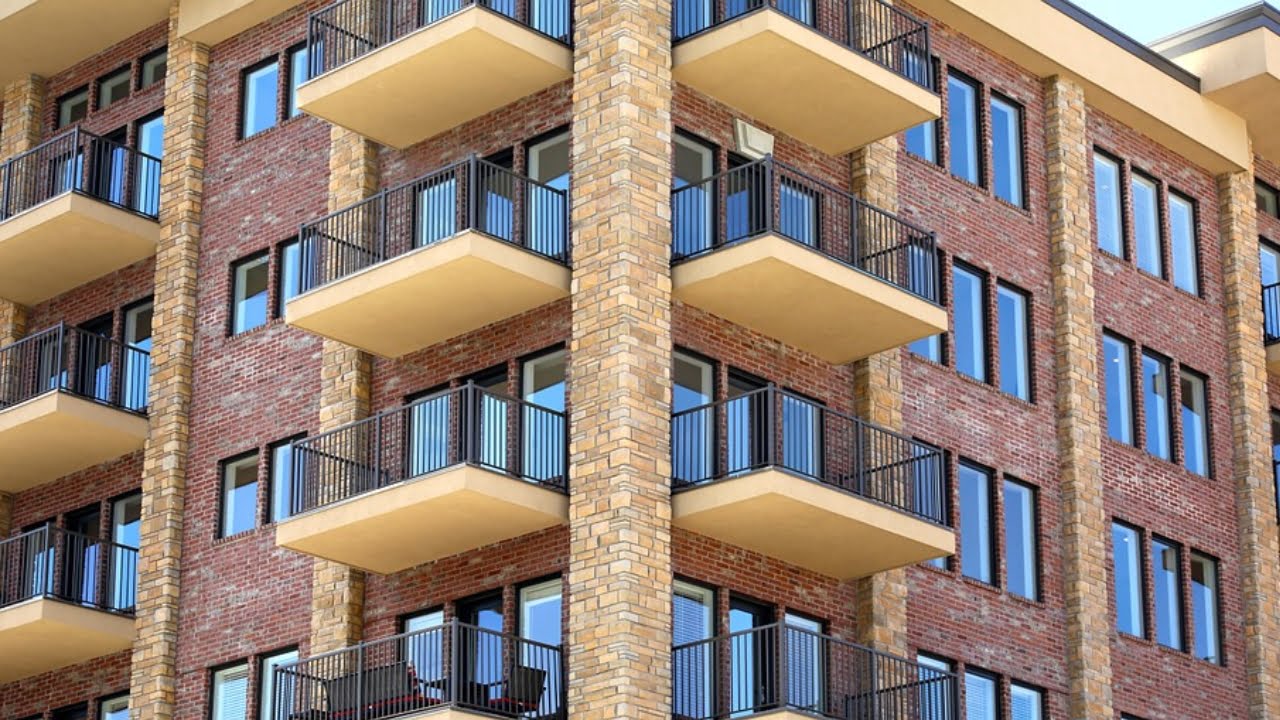The Fire Safety Act, having been introduced to Parliament in March 2020 and received Royal assent in April 2021, has finally come into force on 16 May 2022.
Comprising four brief sections, it has significant ramifications for those organisations considered “Responsible Persons” under the Regulatory Reform (Fire Safety) Order 2005 (“RRFSO”), as it essentially extends the scope of Fire Risk Assessments to assess the safety of a building’s external wall system (including attachments such as balconies) on any building with two or more residential premises. The Act also introduces a requirement to assess fire doors – both communal and flat entrances – and, in limited circumstances, a risk assessment will now be required of a building’s structure.
The Government has released various pieces of accompanying guidance and a “Fire Fisk Assessment Prioritisation Tool”, available here, to assist Responsible Persons in prioritising and carrying out the expanded Fire Risk Assessments. In addition, as anticipated in our earlier article regarding the passing of Act, PAS9980 has been designated as “applicable risk based guidance” to be used when assessing the external walls of medium and high risk properties. It should be noted that the Act provides (at section 3(2)) that in any proceedings for breach of the RRSFO, proof of a failure to comply with any applicable risk based guidance (PAS9980) may be relied on as tending to establish that there was such a contravention, but proof of compliance with such guidance may be relied on as tending to establish that there was no such contravention.
Building owners, who fall into the category of “Responsible Persons”, should urgently consider their obligations under the Act. We are working with a number of clients, holding large portfolios, which have already used some form of analysis to assess risks and prioritise investigations and remedial works. But, it would be prudent to also apply the Government’s Prioritisation Tool to ascertain whether it identifies any properties that should be escalated in carrying out assessments. As well as identifying any higher risk properties that may have been missed, and giving some comfort that certain buildings may present low risk, the tool could also be used to support explanations about why building owners are dealing with properties in a certain order.
For further information about The Fire Safety Act, please contact Mark London, Matthew Cocklin, or Michael Wharfe.
